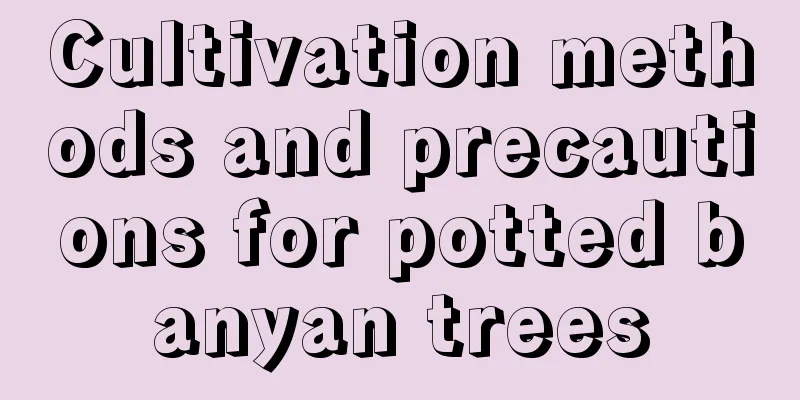Diseases and pests of June snow and their control methods

Diseases and prevention methods of June snowCuscutaA climbing herb that parasitizes on the snow lily. Its vines wrap around the trunk and branches of the snow lily, causing strangulations on the entangled branches. The vines of the dodder form suction cups at the strangulations to absorb nutrients from the snow lily branches. Dodder grows very fast and will continue to branch out, climb the plant, and intertwine with each other, eventually covering the entire plant. Prevention and treatment methodsFor severely damaged plots, deep plowing should be carried out every year. Seeds buried less than 3 cm will not be easy to unearth. In late spring and early summer, the plants should be inspected and any dodder found should be removed and destroyed along with weeds and affected parts, as well as any bridging shoots and wild plants. At the peak period of seed germination, spray 1.5% sodium pentachlorophenol and 2% promethazine solution on the soil, and then spray once every 25 days, for a total of 3-4 times, which can effectively prevent the emergence of dodder seedlings. Pests and control methods of June snowsnailsSnails usually cause serious damage in May and June, when the June snow is about to enter the flowering period, causing damage to the leaves and stems, and then causing the leaves to fall off. The growth of the June snow will weaken, threatening the entire plant. Prevention and treatment methodsIt can be sprayed with 1500 times diluted 58% Fengleiji emulsion. Root rot sometimes occurs. When the disease first occurs, you can use 600-1000 times diluted 12% copper rosinate emulsion, or 800 times diluted 50% root rot agent to irrigate the roots and spray the leaves. Spray (irrigate) once every 3-5 days, and spray (irrigate) 3-4 times in succession. Scale insectsScale insects are mealybugs with strong reproductive capacity and can reproduce multiple generations every year. May is the peak breeding period. The disease often occurs on the edges or backs of leaves, but it can also occur on the surface of leaves. Scale insects use their mouthparts to pierce the leaves and suck the sap from the leaves. If the damage is minor, the leaves will turn yellow and old, affecting the growth of the plant; in severe cases, the leaves will gradually wither and fall off until the entire plant dies. Prevention and treatment methodsUse 1000 times diluted 40% oxydemeton-methyl, 1000 times diluted 50% DDT, 3000 times diluted 2.5% cypermethrin for spraying for prevention and control, spray once every 7-10 days, and spray 2-3 times continuously. |
<<: Common pests of creeping sedge and their control methods
>>: Tuberose Pests and Control Methods
Recommend
Is the banyan tree a shade or sun-loving plant?
Do banyan trees prefer shade or sun? The banyan t...
The efficacy and function of Oncidium
Ornamental value Oncidium is native to South Amer...
How to plant strawberry seeds, which month to sow (seed collection and germination)
1. Is it easy to plant? Strawberries are easy to ...
How to repot cyclamen and what to pay attention to when repotting
1. Repotting method 1. Cut off water and remove f...
A Guide to Sending Flowers to Express Your Love
Flower Delivery Guide When young men and women ex...
How to care for peony after budding
How to care after budding Peony flowers usually b...
High-yield technology of sweet potato planted upside down
After years of technological progress, sweet pota...
Garlic is a good way to grow flowers at home
The magical effect of garlic: promoting germinati...
What kind of trees are suitable for the yard? What kind of trees are suitable for the yard?
The yard is suitable for planting greening trees,...
How to water hibiscus
Watering tips for hibiscus Hibiscus is also known...
How to make and use Milan flower fertilizer
Suitable fertilizer for Milan flowers The commonl...
What to do if the amaryllis is stuck with an arrow
Causes of Arrow Trapping Amaryllis has a relative...
Is it easy to grow pansies? Potted pansies cultivation methods and precautions
Is it easy to grow pansies? Pansies are not easy ...
Does the yellowing and falling of money tree leaves indicate lack of water or too much water?
The money tree is a common indoor foliage plant. ...
How to grow cherry trees
1. Breeding environment 1. Potting soil: It is be...









